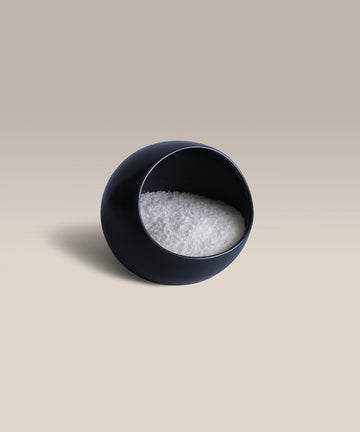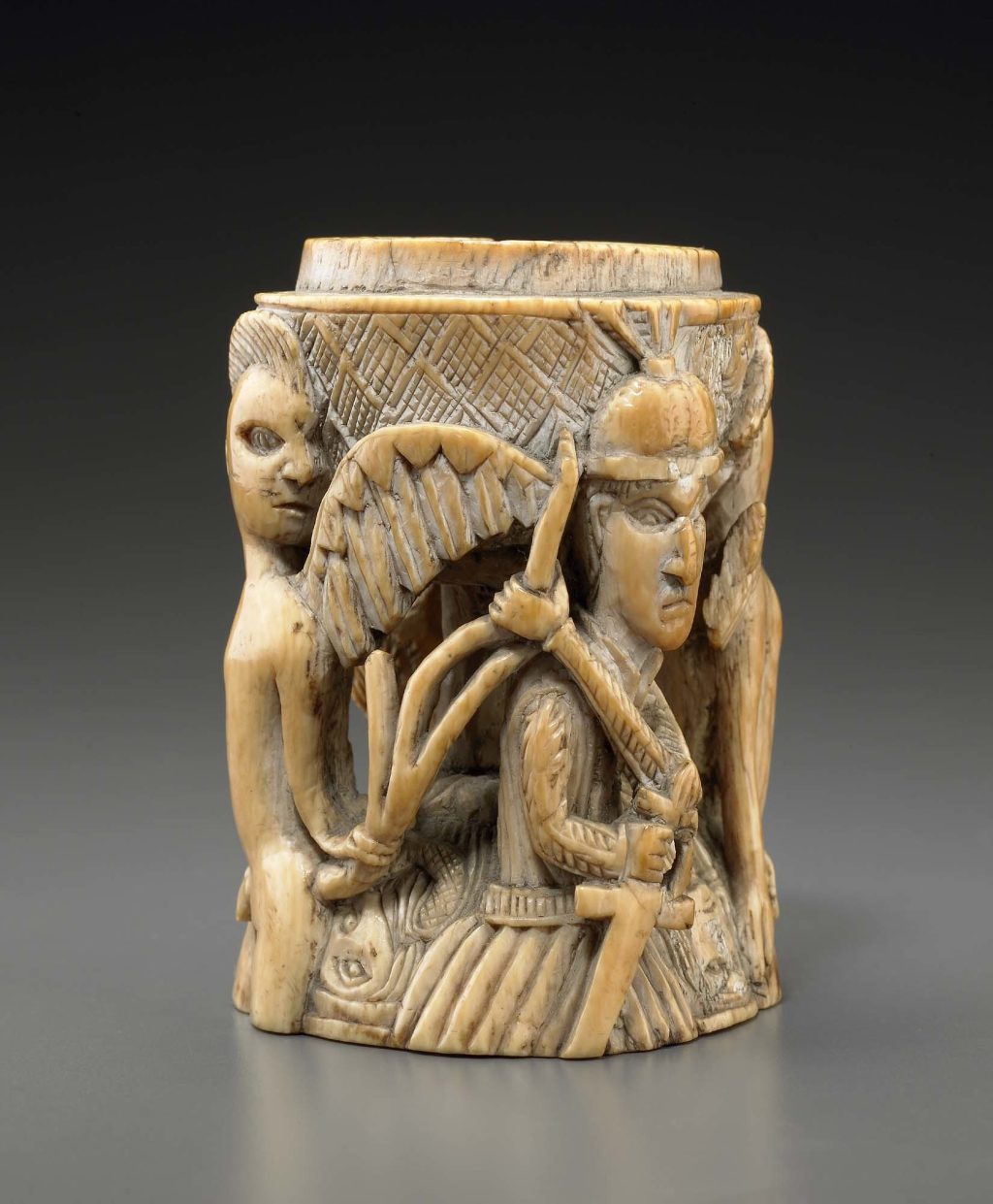In the ever-evolving world of home decor and kitchenware, few items hold as much historical significance and aesthetic appeal as the salt cellar. While modern kitchens often rely on salt shakers, the salt cellar remains a symbol of tradition, craftsmanship, and status. From ancient Roman tables to 19th-century European dining rooms, these small yet significant vessels have played a role in both practical and social settings. This article explores the history, uses, and stylish options of salt cellars, offering insight into their enduring charm.
A Brief History of Salt Cellars
Salt has long been more than just a seasoning—it’s a commodity that shaped economies, influenced social hierarchies, and even gave rise to the word “salary.” In ancient times, salt was so valuable that it was used as currency. This scarcity led to the creation of specialized containers to store and serve the precious mineral.
The earliest known salt cellars date back to ancient Rome, where they were typically made of silver and served as a symbol of wealth. These early versions were often large, ornate bowls meant for communal use. By the Middle Ages, salt cellars had evolved into more refined objects, often placed at the head of the table to signify the host’s status. The phrase “above the salt” originated during this time, referring to the privilege of sitting closer to the salt cellar.
As the centuries passed, salt cellars became more personalized. During the 18th and 19th centuries, individual salt cellars with three-legged bases and decorative designs became popular. These were often made of silver or porcelain, with features like gold-washed interiors to prevent corrosion. The introduction of anti-clumping salt in the early 20th century eventually led to the decline of traditional salt cellars, as more practical salt shakers took over.
The Role of Salt Cellars in Society

Beyond their practical function, salt cellars held deep cultural and social significance. In many societies, the placement of a salt cellar at the dinner table was a subtle but powerful statement of status. The wealthiest families would display their salt cellars prominently, while others might only own a single piece for special occasions.
In some cultures, salt was also believed to have protective properties. For example, in parts of Europe, it was customary to place a salt cellar near the entrance of a home to ward off evil spirits. This belief persisted well into the 19th century, highlighting the multifaceted role of salt in daily life.
Modern Salt Cellars: Style Meets Function

While traditional salt cellars may have fallen out of everyday use, they have not disappeared entirely. Today, many homeowners and collectors appreciate them for their historical value and unique design. Additionally, modern interpretations of salt cellars have emerged, blending functionality with contemporary aesthetics.
From sleek, minimalist designs to whimsical, handcrafted pieces, there are now countless options for those looking to add a touch of elegance to their kitchen. Some modern salt cellars even incorporate innovative materials like wood, concrete, and glass, making them versatile for different decor styles.
Popular Styles and Materials

When choosing a salt cellar, the material and design can greatly influence its appearance and usability. Here are some of the most popular styles:
- Silver and Gold: Traditional materials that offer a luxurious look. These are often handcrafted and suitable for formal settings.
- Porcelain and Ceramic: Durable and elegant, these materials are ideal for everyday use. Many modern salt cellars feature intricate patterns and glazes.
- Wood and Concrete: These materials bring a rustic or industrial feel to the kitchen. They are often used in modern or eclectic decor.
- Glass and Pewter: Transparent or metallic, these materials add a unique visual element and are easy to clean.
How to Choose the Right Salt Cellar
Selecting the perfect salt cellar depends on your personal style, cooking habits, and available space. Here are a few tips to help you make the right choice:
- Consider Your Kitchen Decor: Choose a style that complements your existing kitchen design. For example, a rustic wooden salt cellar may fit better in a farmhouse-style kitchen, while a sleek glass model could work well in a modern setting.
- Think About Functionality: If you cook frequently, opt for a salt cellar that is easy to access and clean. Look for models with lids or covers to keep the salt dry and free from contaminants.
- Check for Quality: High-quality salt cellars are typically made from durable materials and feature thoughtful design elements. Avoid cheap, mass-produced options that may not last as long.
- Personalize It: Many salt cellars are available in custom designs or with engravings. This can be a great way to add a personal touch to your kitchen.
The Future of Salt Cellars

Despite the rise of salt shakers, salt cellars continue to hold a special place in the hearts of many. As interest in vintage and artisanal products grows, so does the demand for beautifully crafted salt cellars. In addition, sustainability trends have led to the development of eco-friendly options, such as salt cellars made from recycled materials or locally sourced wood.
Moreover, the concept of the salt cellar is being reimagined in new ways. Some designers are creating multi-functional pieces that double as spice holders or even candle holders. This versatility ensures that salt cellars will remain relevant in the evolving landscape of kitchenware.
Conclusion
From their origins as symbols of wealth to their current status as stylish kitchen accessories, salt cellars have come a long way. Whether you’re drawn to their historical significance, artistic value, or practicality, there’s no denying the charm of these small but meaningful vessels. As we continue to seek out unique and meaningful ways to enhance our homes, salt cellars remind us that even the simplest objects can carry a rich legacy.
Stay updated with the latest news and trends by visiting our website regularly. Explore today’s headlines and discover what’s shaping the world around us.
Author: Erin Feith
Title/Role: Research Assistant
Credentials: Erin Feith is a dedicated researcher with a passion for history and cultural artifacts. She specializes in uncovering the stories behind everyday objects and their impact on society.
Profile Link: Morris County Historical Society
Sources:
– Morris County Historical Society
– SAVEUR Magazine
– Historical Context of Salt
Internal Links:
– Explore More About Salt Cellars
– Modern Kitchen Trends
– Sustainable Living Ideas
Schema Markup:
<script type="application/ld+json">
{
"@context": "https://schema.org",
"@type": "Article",
"headline": "The Ultimate Guide to Salt Cellars: History, Uses, and Stylish Options",
"description": "Discover the history, uses, and modern styles of salt cellars. Learn how these small vessels have evolved over time.",
"author": {
"@type": "Person",
"name": "Erin Feith"
},
"datePublished": "2025-04-05",
"image": "https://example.com/salt-cellar-image.jpg"
}
</script>
Featured Snippet (40-60 words):
Salt cellars have a rich history dating back to ancient Rome, where they were used to store and serve expensive salt. Over time, they became symbols of wealth and status. Today, modern salt cellars blend functionality with style, offering a range of materials and designs for contemporary kitchens.











More Stories
US Trending News: How to Claim Your Joy: A Guide to Finding Happiness and Inner Peace
US Trending News: Explore Www.hobbylobby.com: Your Ultimate Guide to the Official Site
When Is Trick Or Treating in 2024: A Complete Guide for Halloween